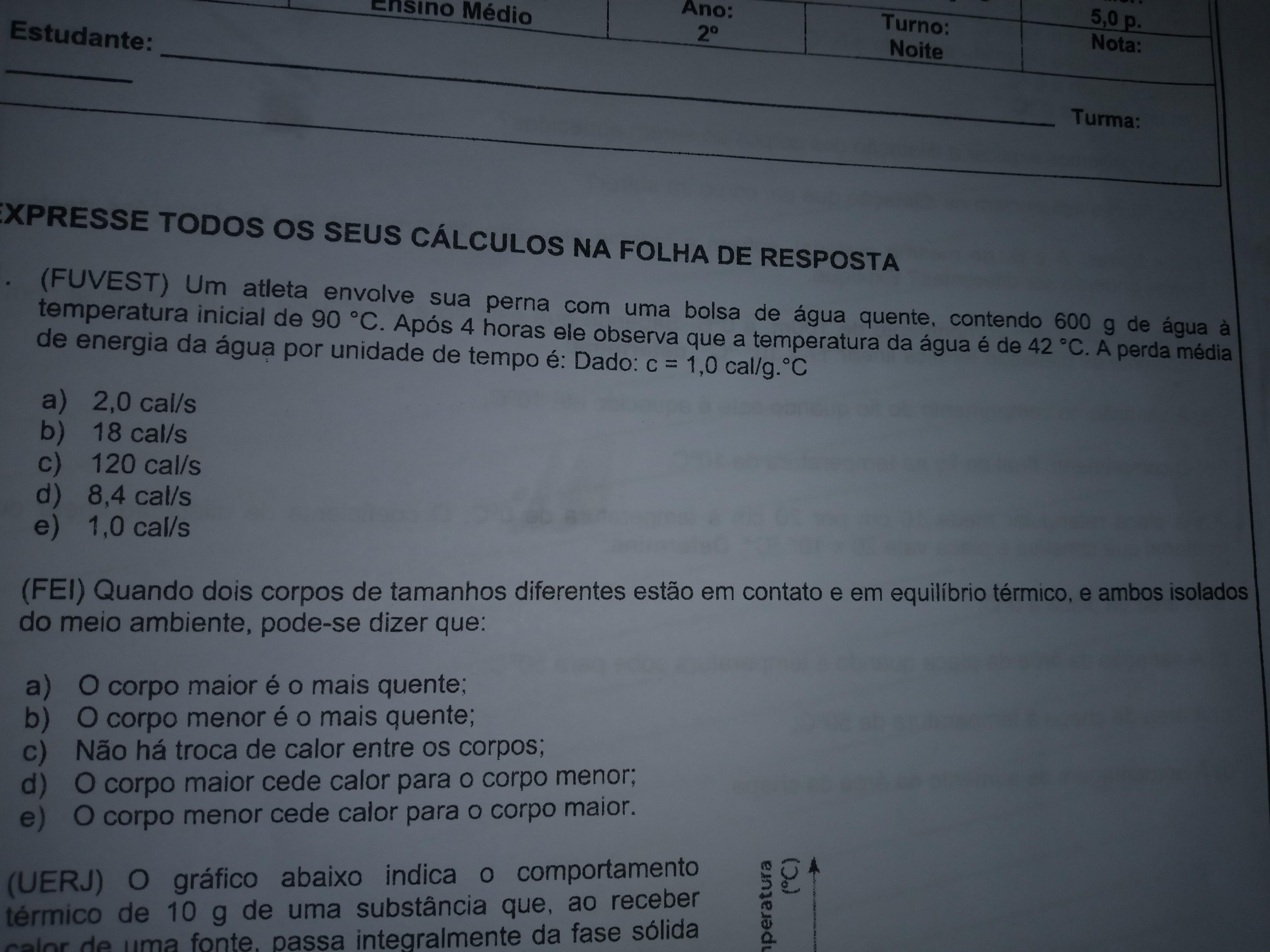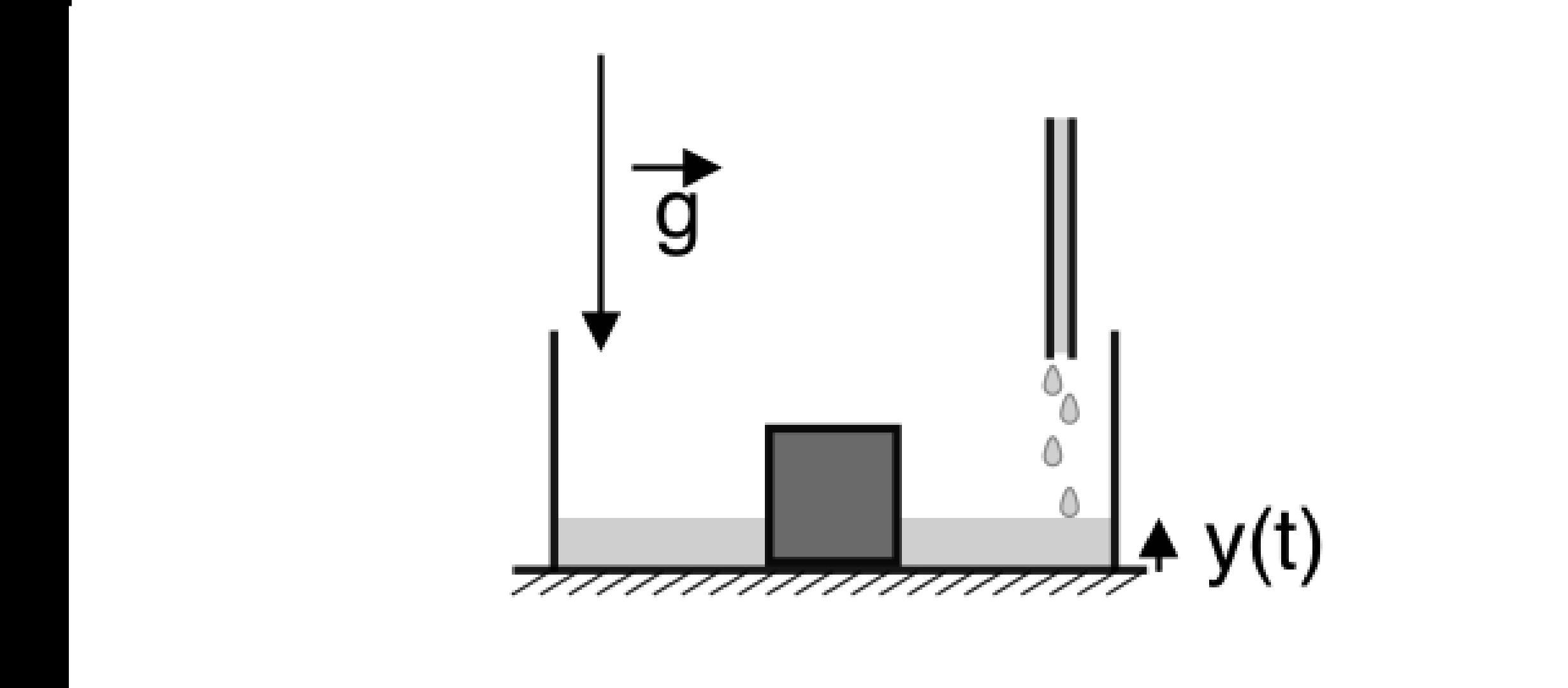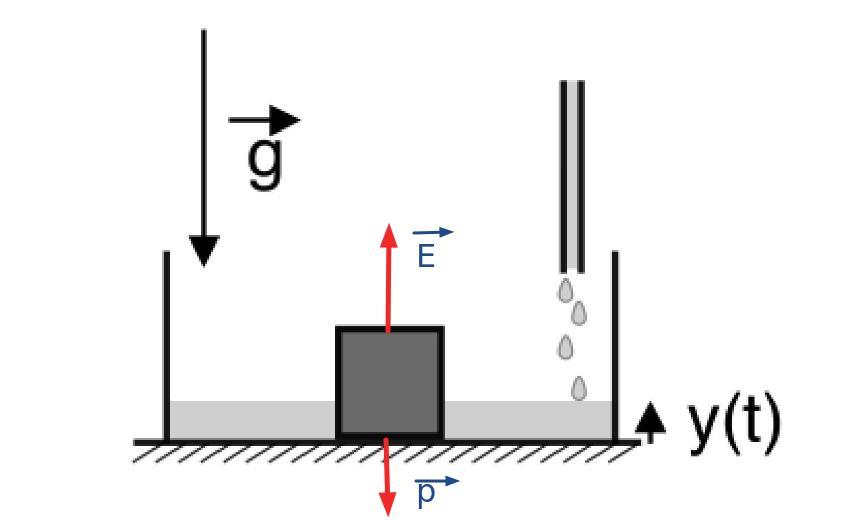De acordo com os cálculos e com os dados do enunciado podemos afirmar que o instante de tempo em horas foi de t = 2 horas.
Empuxo é a força do líquido sobre o corpo.
O empuxo é causado pelo aumento da pressão com o aumento da profundidade.
Todo corpo sólido mergulhado num fluido em equilíbrio recebe um força de direção vertical e sentido de baixo para cima cuja intensidade é igual ao peso do fluido deslocado.
A intensidade do empuxo é dado por:
[tex]\Large \displaystyle \text { $ \mathsf{ E = P \Rightarrow E = m_f \: g } $ }[/tex]
A densidade e o volume do fluido deslocado, decorre:
[tex]\Large \displaystyle \text { $ \mathsf{ d_f = \dfrac{m_f}{V_f} \Rightarrow m_f =d_f \; V_f } $ }[/tex]
[tex]\Large \boxed{ \displaystyle \text { $ \mathsf{E =d_f\: V_f \:g } $ } }[/tex]
Dados fornecidos pelo enunciado:
[tex]\Large \displaystyle \text { $ \mathsf{ \begin{cases} \sf L= 32{,}0\: cm \\ \sf d_c = \rho = 0{,}625\: g/cm^{3} \\ \sf y(t) = (5{,}0\: cm/h^{2} ) \: t^{2} \\ \sf t = \:?\: h \\\sf g = 10\: m/s^{2} \\\sf d_L =\rho_{\sf agua} = 1{,}0\: g/cm^{3} \end{cases} } $ }[/tex]
Como o cubo se encontra em equilíbrio, o peso P do cubo é igual em módulo ao empuxo E.
[tex]\Large \displaystyle \text { $ \mathsf{ E = P } $ }[/tex]
[tex]\Large \displaystyle \text { $ \mathsf{ d_{L} \: V_{L} \: g = m_{\sf c} \: g \:\:V_{\sf c} } $ }[/tex]
[tex]\Large \displaystyle \text { $ \mathsf{ d_{L} \: A\: h\diagup\!\!\!{ g} = d_f \diagup\!\!\!{ g} \:\:A\:h_1 } $ }[/tex]
[tex]\Large \displaystyle \text { $ \mathsf{ d_{L} \: A\: h = d_f \:A\: L } $ }[/tex]
[tex]\Large \displaystyle \text { $ \mathsf{ d_{L}\diagup\!\!\!{ A} h = d_f\diagup\!\!\!{ A}L } $ }[/tex]
[tex]\Large \displaystyle \text { $ \mathsf{ d_L \cdot h = d_c \cdot L } $ }[/tex]
[tex]\Large \displaystyle \text { $ \mathsf{1 \cdot h = 0{,}625 \cdot 32{,}0 } $ }[/tex]
[tex]\Large \boldsymbol{ \displaystyle \sf h = 20\: cm }[/tex]
O enunciado pede que calculemos o instante em horas.
[tex]\Large \displaystyle \text { $ \mathsf{ y(t) = (5{,}0\: cm/h^{2} ) \: t^{2} } $ }[/tex]
[tex]\Large \displaystyle \text { $ \mathsf{ 20\: \diagup\!\!\!{ cm} = (5{,}0\: \diagup\!\!\!{ cm}/h^{2} ) \: t^{2} } $ }[/tex]
[tex]\Large \displaystyle \text { $ \mathsf{ 20 = (5{,}0\: /h^{2} ) \: t^{2} } $ }[/tex]
[tex]\Large \displaystyle \text { $ \mathsf{ \dfrac{20}{5} = \dfrac{5}{5h^2} \cdot t^{2} } $ }[/tex]
[tex]\Large \displaystyle \text { $ \mathsf{ \dfrac{4}{1} = \dfrac{t^{2} }{h^2} } $ }[/tex]
[tex]\Large \displaystyle \text { $ \mathsf{ t^{2} = 4h^{2} } $ }[/tex]
[tex]\Large \displaystyle \text { $ \mathsf{t =\sqrt{4 h^{2} } } $ }[/tex]
[tex]\Large \boldsymbol{ \displaystyle \sf t = 2\; h }[/tex]
Mais conhecimento acesse:
https://brainly.com.br/tarefa/22426732
https://brainly.com.br/tarefa/20679266
https://brainly.com.br/tarefa/3121540



